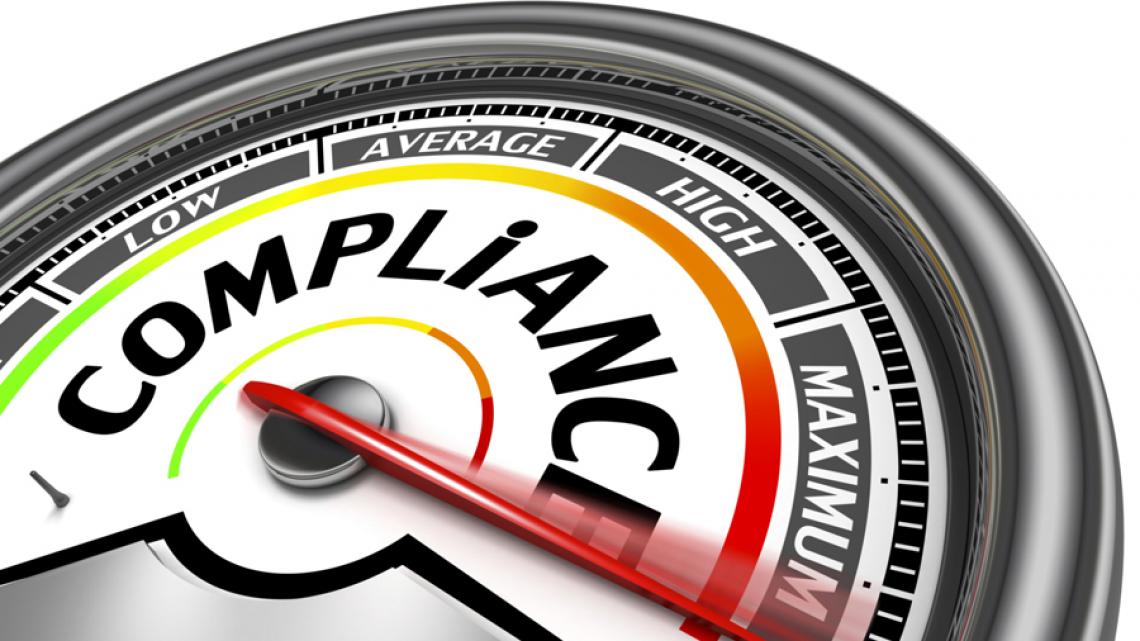Employment tax compliance issues is one area that most companies hope would just go away. Frequent changes in state and federal law regarding tax compliance means this is a moving subject and very challenging to stay up-to-date with.
However, if you remain neglectful, you face the risk of penalties due to inaccurate filing or late deposits. Also, when more and more firms expand and add to their staff, the regulations and rules multiply with each new recruit, and staying in compliance becomes more difficult.
That said, you didn’t get into business to invest time in ensuring employment tax compliance (unless you’re an accountant). Yet compliance is critical to your business. After all, having proper compliance in place protects the firm’s assets by reducing the risk of errors.
Keeping all this in mind, here are some measures you can take to minimize employment tax and payroll compliance-related risks:
Utilize scalable knowledge solutions
Businesses often deal with too many staff members involved in multiple tasks every payroll cycle. This places a burden on the IT department – they have to modify ERP rules to accommodate rule changes. These factors can take a toll on system maintenance and tie up internal resources.
Options such as ADP employment tax & compliance services can provide firms with scalable knowledge and a team of tax professionals to ensure accurate calculation and that filing is made in a timely manner. Experienced tax professionals can work with your in-house payroll system and enable you to better manage the complex compliance requirements of multiple jurisdiction tax types.
Ensure effective communication and policies
The top-management of the organization needs to communicate the “do what’s needed” message to the responsible department. Procedures and policies should be updated and reviewed on a regular basis. Companies should also broaden compliance policy meetings to receive input from finance, HR, tax, legal and compensation teams.
It’s also important to segregate tasks involved in meeting tax compliance. Also, designating a member of accounts department for periodic review of employment tax records and payroll accounts can further ensure accuracy of records and reduce the risk of non-compliance. For companies that lack a staff large enough to separate payroll responsibilities, a trusted manager could oversee the payroll process from start to finish.
Check accounts and match payroll with supporting documents
Audit the checking account that was used to pay employee wages. Doing this will prevent any errors in payouts by raising red flags. Checks that have been issued directly to employees should be recounted to determine the ideal tax percentage (because these could be cashed or stolen without the issuer’s knowledge). Then there is also the risk of employees not turning in timesheets on a required date, and so will lead to errors. It’s important to have a printed list of active employees in such an instance.
The next step is to remember that the payroll register includes deductions, net pay, and gross wagers, so consider it a summarized document from which you can trace back supporting documents for the purpose of verification. Lock up these registers at all times when they are not in use, to prevent access from unauthorized personnel. If these records are stored online, use strong passwords and two-factor authentication. Send a list of payments to the supervisor of each department (before calculating tax due), and request a review for payments made.

